This request seems a bit unusual, so we need to confirm that you’re human. Please press and hold the button until it turns completely green. Thank you for your cooperation!
Blog
-
Just a moment…
Just a moment… -
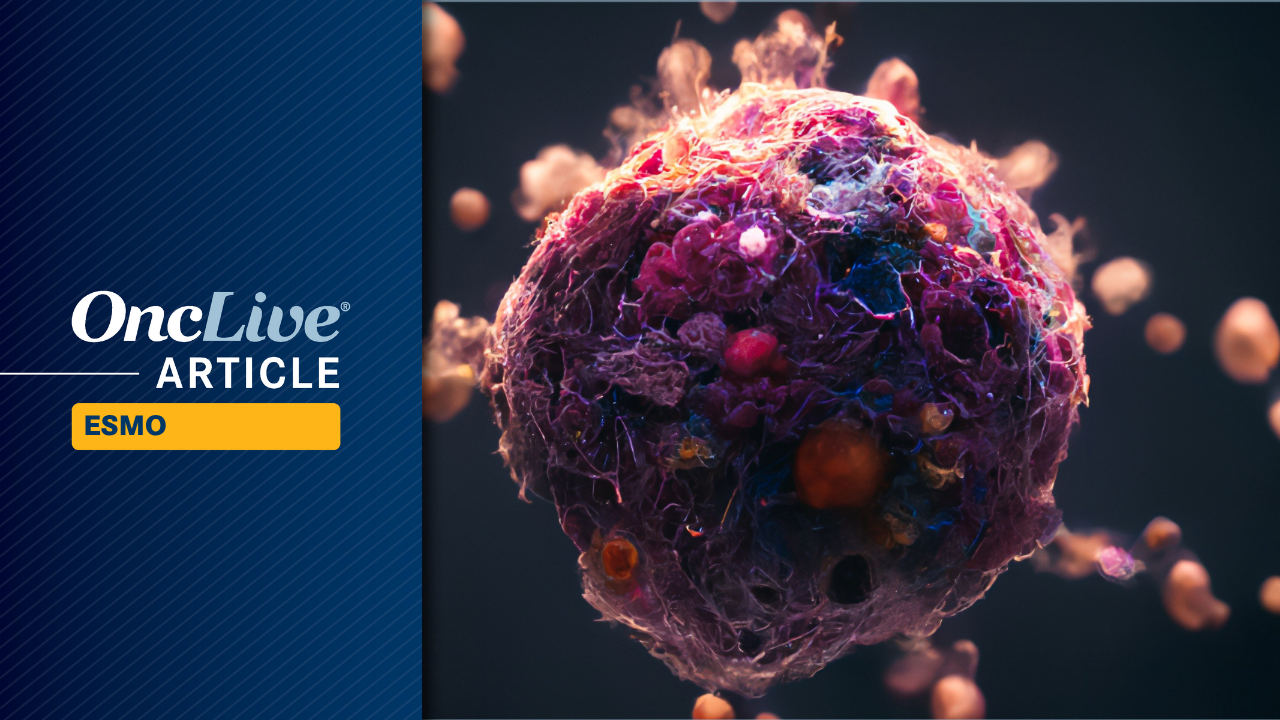
Invikafusp Alfa Boasts High Disease Control Rate in Checkpoint Inhibitor–Resistant Solid Tumors
Invikafusp alfa led to tumor regression in target lesions in 52% of patients with tumor mutational burden–high (TMB-H) or microsatellite instability–high (MSI-H) solid tumors resistant to immune checkpoint blockade, according to data from the phase 2 START-001 trial (NCT05592626) presented at the
2025 ESMO Congress .1Across the 4 biomarker-enriched populations with TMB-H tumors, TMB-H gastrointestinal cancers, TMB-H metastatic colorectal cancer (mCRC), and MSI-H tumors, the objective response rates (ORRs) were 20.5% (n = 9 of 44), 27.8% (n = 5 of 18), 33.3% (n = 3 of 9), and 30% (n = 3 of 10), respectively. The respective disease control rates were 79.5% (n = 35 of 44), 77.8% (n = 14 of 18), 66.7% (n = 6 of 9), and 70% (n = 7 of 10). Notably, the TMB-H cohort included patients with CRC, gastric, lung, breast, and other cancers.
“Invikafusp alfa, a first-in-class bispecific dual T-cell agonist, demonstrated clinically meaningful monotherapy activity in heavily pretreated immune checkpoint blockade–resistant/insensitive tumors harboring high tumor mutations,” presenting study author Antoine Italiano, MD, PhD, professor of medicine, head of Early Phase Trials Unit at the Institut Bergonié, and head of Precision Medicine at Gustave Roussy in France, stated in the presentation.
What Was the Study Rationale?
Immunotherapy resistance poses a clinical challenge as it limits the number of effective treatment options that are available to patients. Tumor-infiltrating lymphocyte therapies have shown promise in the immuno-oncology (IO)–refractory setting, with Vβ6/10 T-cell subsets representing the most common subset.
Invikafusp alfa was designed to selectively activate and expand Vβ10 T-cell subsets to overcome resistance to immune checkpoint blockade.
What Were the Enrollment Criteria?
Eligibility criteria required that patients have unresectable, locally advanced or metastatic, TMB-H, MSI-H, or virally-associated solid tumors in phase 1, and TMB-H, MSI-H/mismatch repair–deficient (dMMR) tumors, including TMB-H and/or MSI-H CRC in phase 2.2 An ECOG performance status of 0 or 1 was required in both phases. Prior treatment with PD-(L)1 inhibition was allowed. In phase 2, patients with hepatic metastases were not permitted unless they had been treated and were stable.
Phase 1 followed a traditional dose-escalation design in which patients received either 0.01 mg/kg, 0.02 mg/kg, 0.04 mg/kg, 0.08 mg/kg, 0.12 mg/kg, or 0.16 mg/kg of invikafusp alfa.1 The dose expansion phase was broken into 3 cohorts: TMB-H (n = 56; cohort 1), MSI-H/dMMR (n = 29), and TMB-H and/or MSI-H/dMMR mCRC (n = 23 to 56). In phase 2, all patients received the recommended phase 2 dose (RP2D) of 0.08 mg/kg of the agent intravenously every 2 weeks.
The primary objective of phase 1 was to determine the RP2D and evaluate the safety and tolerability of the regimen. ORR per immune RECIST criteria served as the primary objective of phase 2.
What Patient Characteristics Were Presented?
As of July 9, 2025, 55 patients with TMB-H/MSI-H tumors had been enrolled in phase 2, adding to the 8 that had been enrolled in phase 1 at the optimal biologic dose. Represented tumor types (n = 63) included CRC (25.4%), non–small cell lung cancer (14.3%), head and neck squamous cell carcinoma (7.9%), gastric cancer (6.3%), breast cancer (4.8%), cutaneous cancer (4.8%), endometrial cancer (4.8%), melanoma (4.8%), anal cancer (3.2%), basal cell carcinoma (3.2%), gastroesophageal junction cancer (3.2%), pancreatic cancer (3.2%), bladder cancer (1.6%), cervical cancer (1.6%), duodenal adenocarcinoma (1.6%), esophageal cancer (1.6%), neuroendocrine carcinoma cells (1.6%), ovarian cancer (1.6%), prostate cancer (1.6%), thymic cancer (1.6%), and thyroid cancer (1.6%).
The median age was 61 (range, 53-69) and most patients were male (95.2%), White (63.5%), and had an ECOG performance status of 1 (52.8%). Most patients received between 1 and 3 prior lines of therapy (65.1%), prior treatment with an immune checkpoint inhibitor (67%), and had TMB-H disease (73.0%). Best response to prior immunotherapy was largely split between partial response (30.1%), stable disease (16.7%), progressive disease (26.2%), and unknown (26.2%).
Was the Agent’s Mechanism of Action Indicative of Its Safety Profile?
Italiano noted that the safety profile was consistent with the agent’s mechanism of action. The most common treatment-related adverse effects (TRAEs) were cytokine release syndrome (grade 1, 22.2%; grade 2, 46.0%; grade 3, 12.7%), rash (grade 1, 11.1%; grade 2, 34.9%; grade 3, 7.9%), nausea (grade 1, 28.6%; grade 2, 20.6%; grade 3, 1.6%), pruritus (grade 1, 22.2%; grade 2, 20.6%; grade 3, 6.3%), vomiting (grade 1, 17.5%; grade 2, 31.7%; grade 3, 0%), alanine aminotransferase increase (grade 1, 22.2%; grade 2, 4.8%; grade 3, 9.5%), platelet count decrease (grade 1, 11.1%; grade 2, 12.7%; grade 3, 12.7%), chills (grade 1, 15.9%; grade 2, 11.1%; grade 3, 0%), diarrhea (grade 1, 19.0%; grade 2, 6.3%; grade 3, 1.6%), peripheral edema (grade 1, 9.5%; grade 2, 7.9%; grade 3, 0%), and increased blood bilirubin (grade 1, 7.9%; grade 2, 4.8%; grade 3, 3.2%).
“No step-up dosing and no immune checkpoint inhibitor–type immune-related adverse effects were reported. TRAEs were on target and well managed with supportive care, including corticosteroids such as tocilizumab (Actemra),” Italiano said.
What Are the Key Takeaways From This Presentation?
“Selective activation of the T-cell Vβ repertoire represents a novel class of IO bispecific therapy, with broad potential as a next generation T-cell–targeted multi-specific antibody platform for the advancement of precision immunotherapy,” Italiano concluded.
Disclosures: No disclosures were presented for Italiano.
References
- Garralda E, Italiano A, Marabelle A, et al. START-001: initial phase 2 clinical activity of invikafusp alfa, a first-in-class T cell receptor (TCR) β-chain-targeted bispecific antibody as monotherapy in patients with antigen-rich solid tumors resistant to immune checkpoint blockade (ICB). Presented at: 2025 ESMO Congress; October 17-21, 2025; Berlin, Germany. Abstract LBA55.
- A study of a selective T cell receptor (TCR) targeting, bifunctional antibody-fusion molecule STAR0602 in participants with advanced solid tumors (START-001). Clinicaltrials.gov. Updated July 9, 2025. Accessed October 18, 2025. https://clinicaltrials.gov/study/NCT05592626
Continue Reading
-

Yabna N’tchala survives knockdown and near stoppage, controls latter two rounds for decision win and advance to Finals
Yabna N’tchala is a Muay Thai black belt and Brazilian jiu-jitsu brown belt who has participated across all disciplines in combat sports. N’tchala is 12-2-1 with seven finishes, entering his PFL debut this past summer…
Continue Reading
-
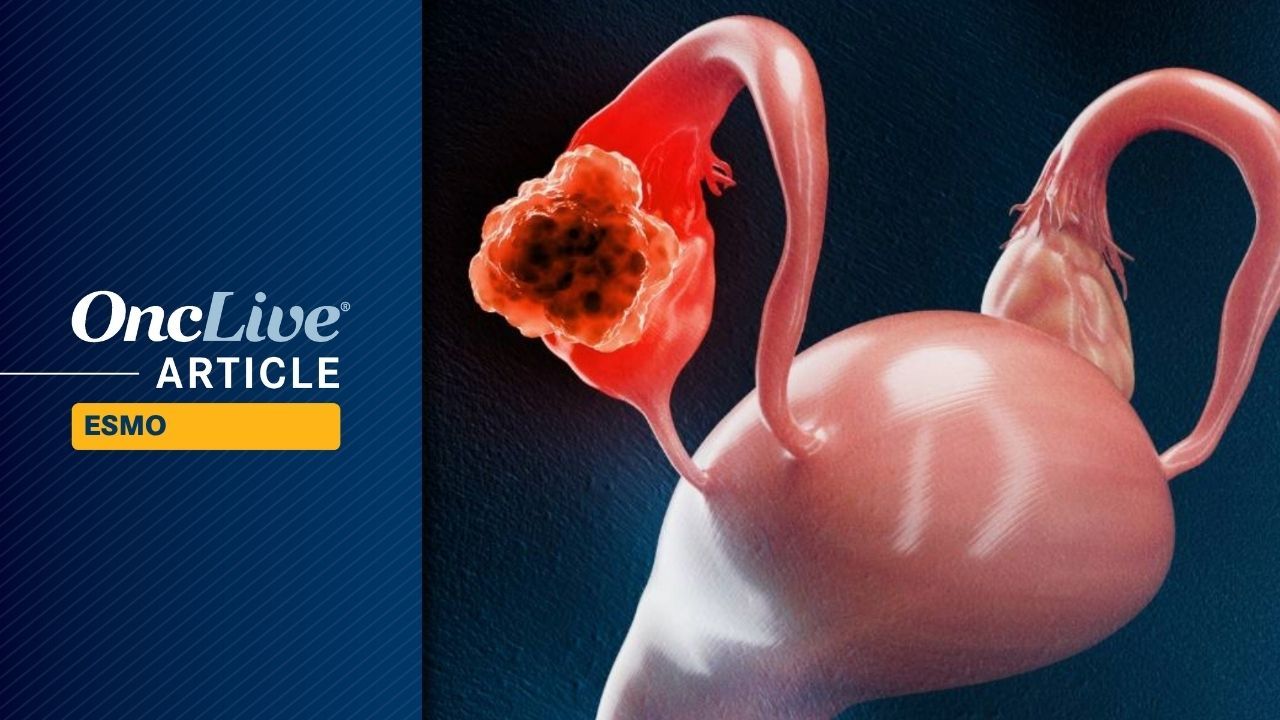
Pembrolizumab Plus Paclitaxel +/– Bevacizumab Yields Survival Advantages in Recurrent PROC
The combination of pembrolizumab (Keytruda) plus weekly paclitaxel with or without bevacizumab (Avastin) generated a statistically significant progression-free survival (PFS) benefit vs placebo plus paclitaxel with or without bevacizumab regardless of PD-L1 status, as well as an overall survival (OS) benefit, in patients with recurrent, PD-L1–expressing platinum-resistant ovarian cancer (PROC), according to data from the phase 3 ENGOT-ov65/KEYNOTE-B96 trial (NCT05116189) presented at the
2025 ESMO Congress .The analysis was broken down between the population of patients with a combined positive score (CPS) of 1 or higher and the intention-to-treat population. Furthermore, data were broken down between interim analysis 1 (IA1), which had a data cutoff date of April 3, 2024, and interim analysis 2 (IA2), which had a data cutoff date of May 5, 2025.
The CPS of 1 or Higher Population
At IA1, the median PFS was 8.3 months (95% CI, 7.0-9.4) in the pembrolizumab arm compared with 7.2 months (95% CI, 6.2-8.1) in the placebo arm, with 12-month PFS rates of 35.2% (95% CI, 28.8%-41.7%) vs 22.6% (95% CI, 17.0%-28.7%), respectively (HR, 0.72; 95% CI, 0.58-0.89; P = .0014).
At IA2, the median PFS was 8.3 months in the pembrolizumab arm compared with 7.2 months in the placebo arm (HR, 0.75; 95% CI, 0.61-0.91); the 12-month PFS rates were 35.9% vs 23.9%, respectively, and the 18-month rates were 18.7% vs 10.5%.
The median OS was 18.2 months (95% CI, 15.3-21.0) in the pembrolizumab arm compared with 14.0 months (95% CI, 12.5-16.1) in the placebo arm, with 12-month OS rates of 69.1% vs 59.3%, and 18-month OS rates of 51.5% vs 38.9%, respectively (HR, 0.76; 95% CI, 0.61-0.94; P = .0053).
The objective response rate (ORR) was 53.0% (95% CI, 45.8%-60.0%), with a complete response (CR) rate of 9.9% and a partial response (PR) rate of 43.1%, in the pembrolizumab arm; in the placebo arm, the ORR was 46.6% (95% CI, 39.6%-53.7%), with a CR rate of 7.8% and a PR rate of 38.7%. The 12- and 18-month duration of response (DOR) rates in the pembrolizumab arm were 46.7% and 28.4% compared with 29.6% and 16.4% in the placebo arm.
The ITT Population
At IA1, the median PFS was 8.3 months (95% CI, 7.2-8.6) with pembrolizumab compared with 6.4 months (95% CI, 6.2-8.1) with placebo, with 12-month PFS rates of 33.1% (95% CI, 27.7%-38.5%) and 21.3% (95% CI, 16.6%-26.4%), respectively (HR, 0.70; 95% CI, 0.58-0.84; P <.0001).
At IA2, the median PFS was 8.3 months vs 6.4 months, respectively (HR, 0.73; 95% CI, 0.62-0.86); the 12-month PFS rates were 33.7% vs 22.5%, and the 18-month PFS rates were 17.3% vs 9.0%.
The ORR was 50.4% (95% CI, 44.3%-56.4%), with a CR rate of 8.3% and a PR rate of 42.0%, in the pembrolizumab arm; in the placebo arm, the ORR was 40.8% (95% CI, 35.0%-46.8%), with a CR rate of 6.0% and a PR rate of 34.8%.Furthermore, the 12- and 18-month DOR rates in the pembrolizumab arm were 46.6% and 26.5% compared with 28.4% and 14.5% in the placebo arm.
“These data support the use of pembrolizumab plus weekly paclitaxel, with or without bevacizumab, as a new standard of care for patients with [recurrent] PROC,” presenting author Nicoletta Colombo, MD, PhD, of the Gynecologic Oncology Program at the European Institute of Oncology, IRCCS, in Milan, Italy, and the Department of Medicine and Surgery at the University of Milan-Bicocca in Italy, wrote with coauthors in the presentation.
Safety Analyses
Any-grade treatment-related adverse events (TRAEs) occurred in 97.8% of the pembrolizumab arm and 95.3% of the placebo arm; grade 3 or higher TRAEs occurred in 67.5% and 55.3%, respectively. TRAEs were serious in 33.1% and 19.5%, led to death in 0.9% and 1.6%, and led to discontinuation of any treatment in 35.9% and 28.0%.
Any-grade immune-mediated AEs occurred in 39.1% and 18.9%, and grade 3 or higher events occurred in 11.6% and 3.5%. They were serious events in 10.9% and 2.2%, and led to treatment discontinuation in 6.9% and 2.5%.
The most common TRAEs in both groups included anemia (49.7% vs 42.1%, respectively), peripheral neuropathy (38.8% vs 31.1%), alopecia (37.8% vs 34.0%), fatigue (35.3% vs 33.0%), and nausea (31.3% vs 27.4%). The most common immune-mediated AEs were hypothyroidism (17.8% vs 6.0%), infusion reactions (5.9% vs 4.7%), and hyperthyroidism (5.0% vs 0.6%).
Trial Breakdown
A total of 643 patients with histologically confirmed epithelial ovarian, fallopian tube, or primary peritoneal carcinoma were enrolled in the trial and randomly assigned to either the pembrolizumab arm (n = 322) or the placebo arm (n = 321). Treatment was either pembrolizumab at 400 mg once every 6 weeks for 18 cycles or placebo on the same schedule; all patients received paclitaxel at 80 mg/m2 on days 1, 8, and 15 of each 3-week-long cycle, and they either did or did not receive bevacizumab at 10 mg/kg every 2 weeks.
Patients were enrolled in the trial if they had received 1 or 2 prior lines of therapy with at least 1 platinum-based chemotherapy; prior anti-PD-1 or anti-PD-L1 agents, PARP inhibitors, and bevacizumab were permitted. Additionally, patients had radiographic progression within 6 months after the last dose of platinum-based chemotherapy and an ECOG performance status of 0 or 1.
The primary end point of the trial was PFS per RECIST v1.1 by investigator assessment, and a key secondary end point was OS.
The median age of patients was 62 years vs 61 years in the pembrolizumab vs placebo arm, 64.3% and 67.6% of patients were White, 41.3% and 41.1% had a PD-L1 CPS from 1 to less than 10, and 31.4% and 31.2% had a PD-L1 CPS of at least 10.
Reference
Colombo N, Zsiros E, Sebastianelli A, et al. Pembrolizumab vs placebo plus weekly paclitaxel ± bevacizumab in platinum-resistant recurrent ovarian cancer: Results from the randomized double-blind phase 3 ENGOT-ov65/KEYNOTE-B96 study. Presented at: European Society of Medical Oncology Congress 2025; October 17–20, 2025; Berlin, Germany. Abstract LBA3.
Continue Reading
-
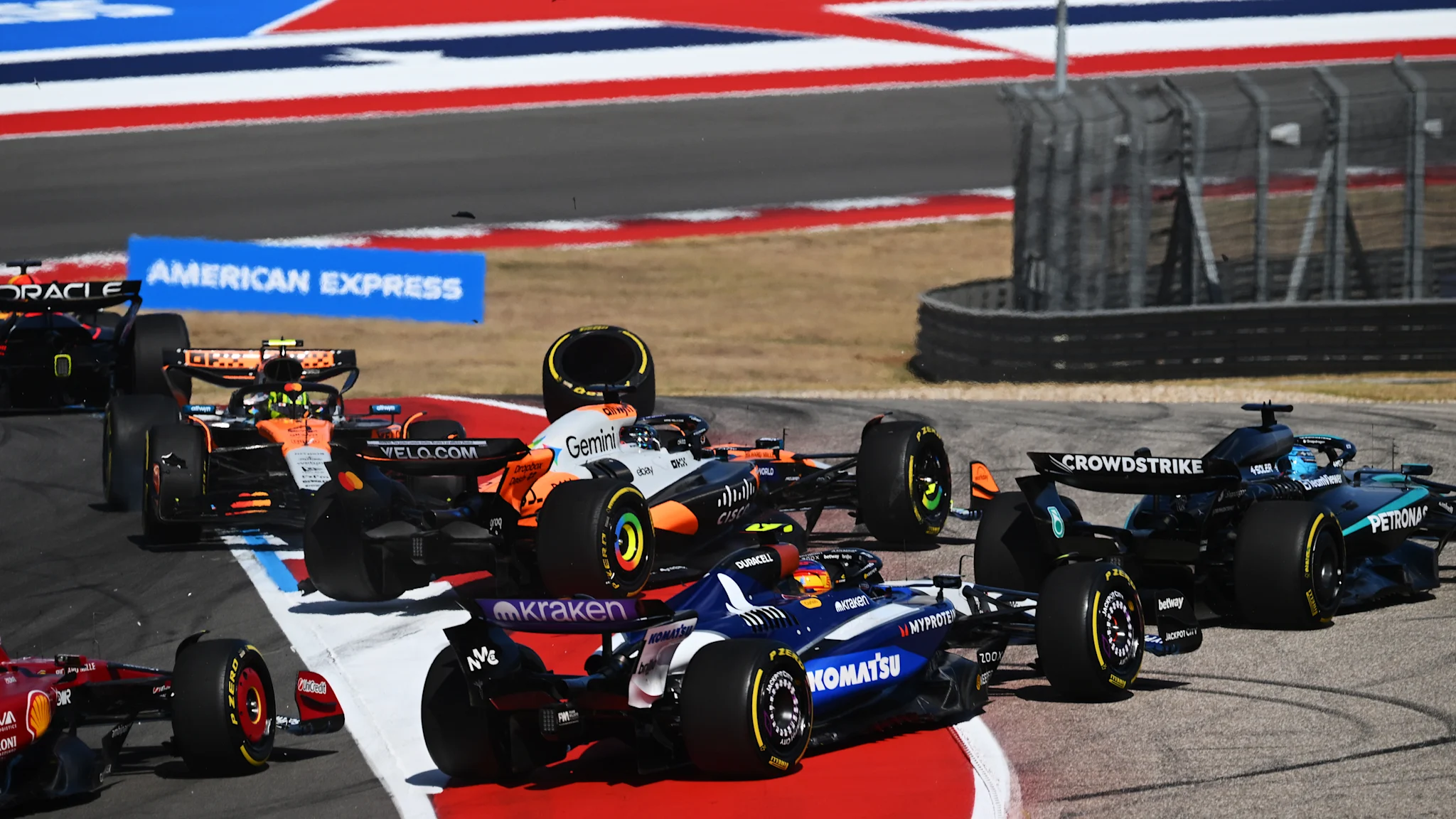
Relive Max Verstappen’s Austin Sprint victory as both McLarens retire
Max Verstappen took his third consecutive Sprint victory at the Circuit of The Americas after title rivals Lando Norris and Oscar Piastri retired in an opening lap collision involving Sauber’s Nico Hulkenberg.
Verstappen converted Sprint pole…
Continue Reading
-

The moment I knew: she made the life I’d overcomplicated suddenly straightforward | Life and style
Although it’s now long deleted, my old X account served at least one useful purpose in life. My profile image had me looking up quizzically at a ragdoll kitten on my shoulder. That cat (once mistaken for a parrot by a bone-headed rightwing…
Continue Reading
-

Ruel: ‘A fan gave me one of their teeth on a necklace – I was definitely a little freaked out’ | Music
What are you secretly really good at?
When I hold water in my mouth, I’ve got a perfect space in between each of my teeth. So when I point my neck to the sky and blow out water, it looks like a full fountain. It’s all perfect streams, and it…
Continue Reading
-
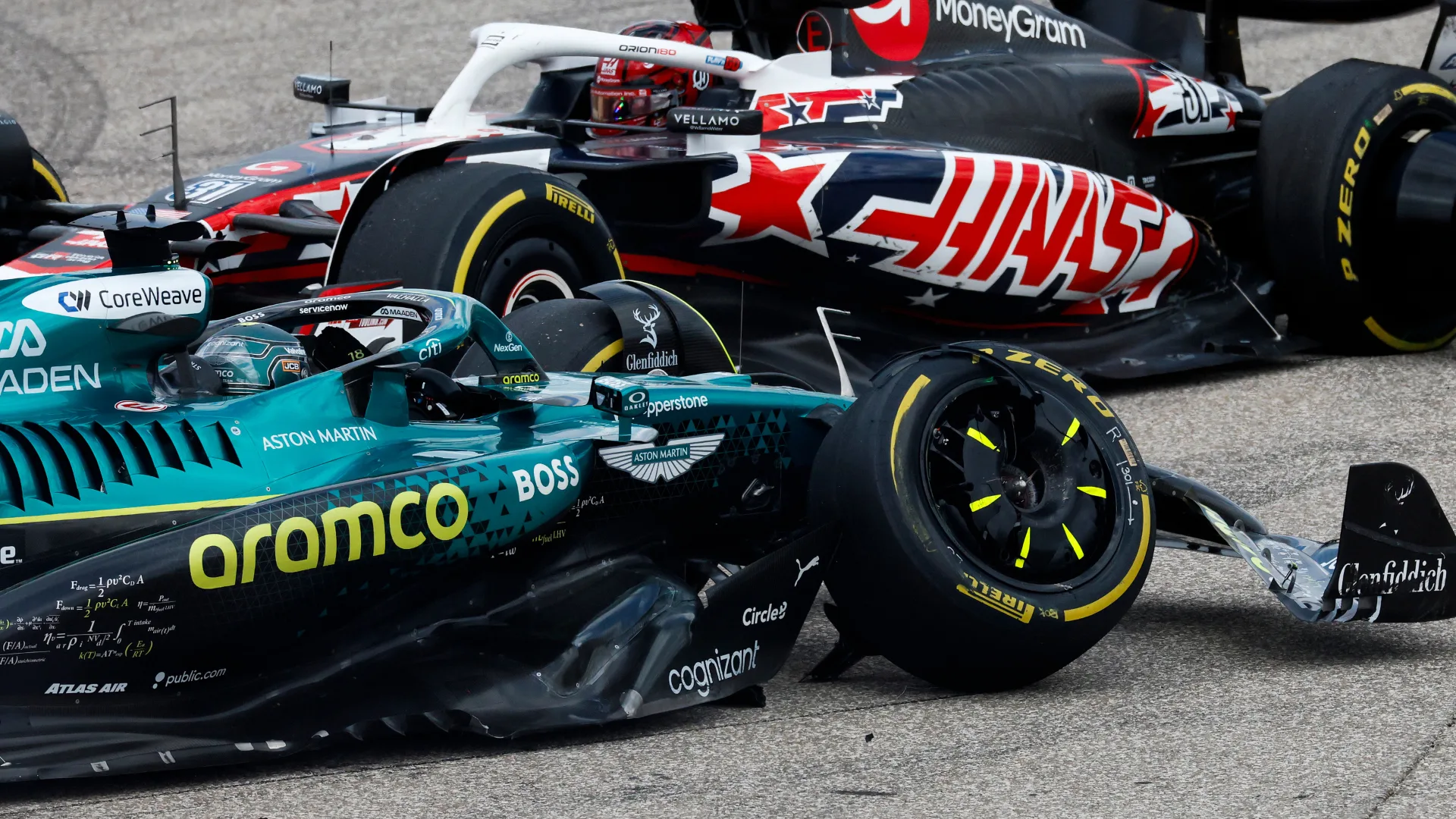
Lance Stroll hit with five-place grid penalty for United States Grand Prix
Lance Stroll has been hit with a five-place grid penalty for the United States Grand Prix following a collision with the Haas of Esteban Ocon during Saturday’s Sprint.
As the action-packed 100 kilometre dash entered into its final stages,
Continue Reading
-
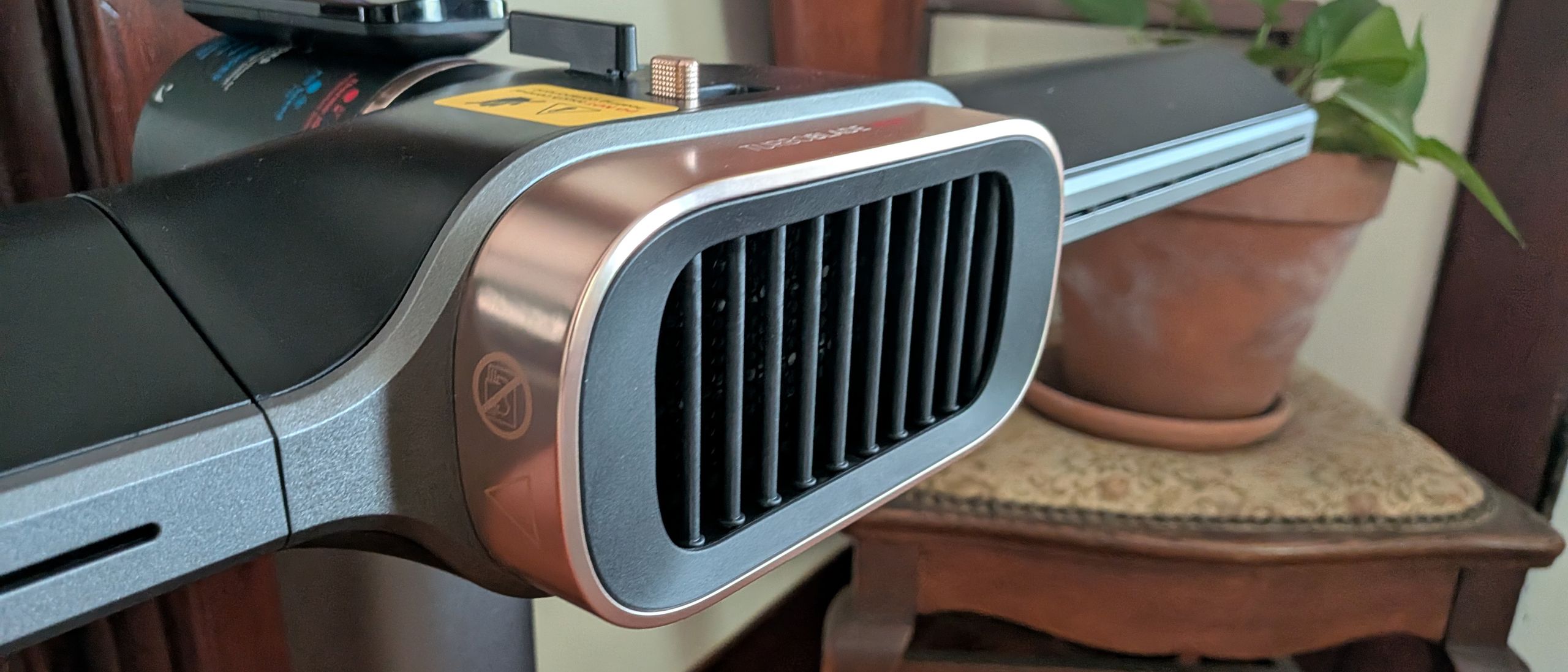
Shark TurboBlade Cool + Heat review: a powerful fan, but the heating underwhelms
Why you can trust TechRadar
We spend hours testing every product or service we review, so you can be sure you’re buying the best. Find out more about how we test.Shark TurboBlade Cool + Heat: two-minute review
Product info
This model may…
Continue Reading
-

Reliance Industries Ltd (WBO:RLI) Q2 2026 Earnings Call Highlights: Strong Growth Across …
This article first appeared on GuruFocus.
Release Date: October 17, 2025
For the complete transcript of the earnings call, please refer to the full earnings call transcript.
-
Reliance Industries Ltd (WBO:RLI) reported strong performance across all business segments, with a notable 18% growth in EBITDA for Jio, driven by strong customer additions in both mobility and home segments.
-
The retail segment saw a robust year-on-year growth of 17% in EBITDA, with revenues increasing by 18%, supported by significant growth in fashion, lifestyle, grocery, and electronics categories.
-
The energy business reported a 21% increase in performance, driven by higher cracks across gasoline, gas oil, and ATF, along with increased domestic placements.
-
Reliance Industries Ltd (WBO:RLI) is making significant progress in its new energy initiatives, with plans to start renewable energy round-the-clock power plants in Kutch next year.
-
The company is expanding its digital services and AI capabilities, with Reliance Intelligence set to develop AI products and solutions, leveraging partnerships with global tech companies like Meta.
-
Despite strong overall performance, the upstream segment experienced a decline due to natural production falls in the KGD6 fields.
-
Finance costs increased by 14%, and depreciation rose by 12%, primarily due to 5G capitalization and spectrum interest.
-
The petrochemical segment faced challenges with weak demand for PVC and PET due to heavy rains and floods affecting agricultural and packaging sectors.
-
The media business, while showing growth, faces challenges in maintaining momentum post-IPL, with a need to convert cricket audiences to entertainment content.
-
The geopolitical situation and increased OSPs have impacted the refining margins, despite high cracks in the refining segment.
Q: Are there any plans for a tariff hike in the near future? A: Unidentified_2: No immediate plans for a tariff hike. We are encouraging consumers to use more services, but there are no current plans to change tariffs.
Q: Is the current monthly run rate for connecting new homes expected to increase? A: Unidentified_2: We expect to ramp up the rate of connecting new homes. The technology is working well, and many new connections are being done wirelessly, allowing for simpler and faster implementation.
Q: How will Reliance Intelligence and Geo Platforms collaborate on AI initiatives? A: Unidentified_2: Reliance Intelligence will develop AI products and solutions, while Geo Platforms will bring these to market. Geo Platforms can also work with other partners like Meta, OpenAI, and Google.
Continue Reading
-